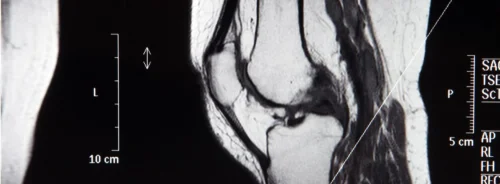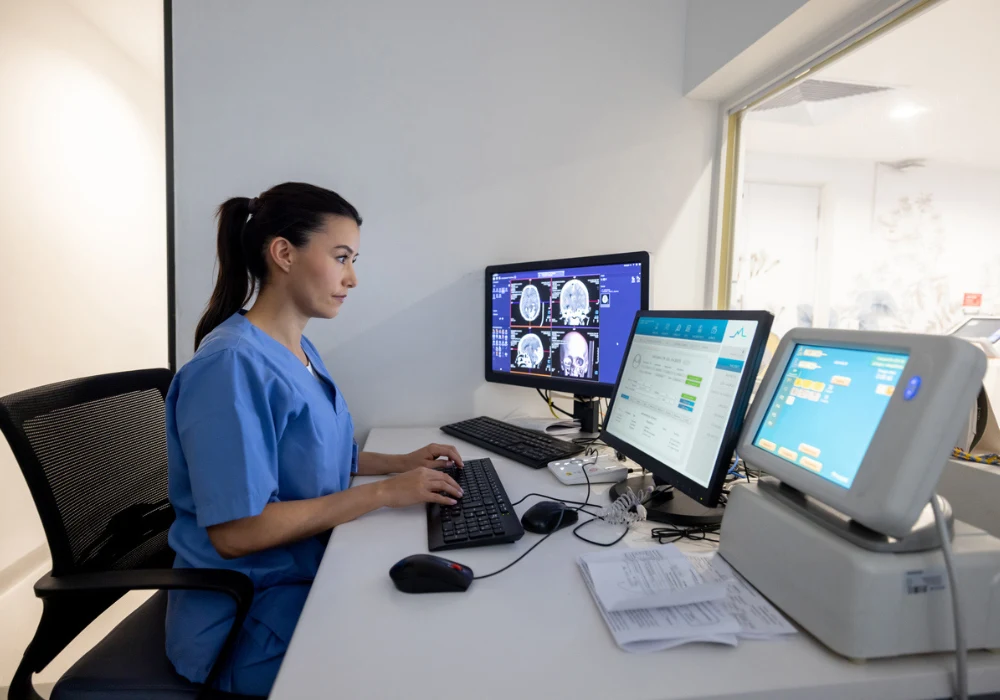Clinical decision support systems (CDSSs) have been developed to enhance the appropriateness of imaging referrals and improve the quality of care while containing healthcare costs. The ESR iGuide, based on appropriateness criteria adapted from the American College of Radiology for the European context, aims to support physicians at the point of care by offering evidence-based imaging recommendations. The MIDAS trial, conducted in four German university hospitals, tested the real-world integration of the ESR iGuide. While the potential benefits of CDSSs are well recognised, the MIDAS trial revealed multiple challenges that must be addressed for successful implementation in both clinical and research settings. These challenges involved integration with existing systems, alignment with local workflows, gaps in content and difficulties in data collection and analysis.
Integration with Clinical Systems and Workflow Constraints
A key barrier to implementation was the integration of the ESR iGuide into local CPOE systems, which required a procedure-driven workflow. This structure limited flexibility, especially where hospitals preferred an indication-driven approach. Most participating hospitals had structured order entry systems that relied on predefined lists of indications, anatomical regions and imaging modalities. These lists were often difficult to navigate, and their rigidity restricted the usability of the CDSS. One hospital allowed for free-text indication entry, supported by an elastic search, but despite its flexibility, this system resulted in very low match rates with the iGuide database. Only around 15.8% of sessions at that hospital were successfully scored, leading to its exclusion from the trial.
Must Read: Navigating the Path to Effective CDSS Implementation
Across the remaining hospitals, issues persisted with structured order entry. Drop-down menus were cumbersome, and user-friendly adaptations—such as department-level “Top 10” lists—were not supported by the vendors. Vendor-specific constraints and the need for external fixes or updates caused further delays. Although ESR iGuide was successfully integrated into the CPOE systems, the limitations in user interface design and system architecture significantly impacted usability and acceptance among physicians.
Content Limitations and Local Adaptation Challenges
The content provided by the ESR iGuide, while comprehensive in some areas, lacked recommendations for many frequently used clinical scenarios. Protocolised examinations such as pre-TAVR imaging or post-operative checks were already standardised, limiting the value of decision support in these cases. Additionally, nearly half of all valid imaging requests during the trial did not receive an appropriateness score. This was largely due to missing scores for certain indications, particularly in oncology, and insufficient coverage for routine clinical practices.
To address these gaps, a local working group was formed to develop scores for oncological scenarios by referencing European and national guidelines. The translations of indications from English to German also posed problems, requiring revision to align with terminology used in the German healthcare system. Despite these adjustments, the content-related challenges underscored the importance of regularly updating and adapting the CDSS to reflect evolving clinical practices and regional variations in care pathways.
Training, Research Limitations and External Disruptions
Physician training was essential to foster acceptance of the CDSS and ensure effective use. Each department received dedicated training sessions, including a video tutorial and direct feedback mechanisms integrated into the system. However, high staff turnover, particularly in surgical emergency departments, required repeated sessions and on-demand resources. User concerns included the perceived increase in time needed to place imaging orders, restricted options and potential tracking of individual decisions. These concerns were mitigated through training, communication and system-level data anonymisation to comply with data protection regulations.
In the research setting, randomisation by department was complicated by structural differences across hospitals. To maintain balance, stratification by surgical versus non-surgical specialties was used. The control group had to use structured order entry without access to the CDSS, creating a perceived burden without immediate benefit. Inconsistent or illogical request-indication combinations further reduced the proportion of scorable sessions.
Merging data from the CDSS and radiology information systems was a persistent challenge. Initial data lacked a unique session ID, leading to difficulties in linking imaging requests across systems. Timestamp mismatches and sessions with multiple exams or indications added further complexity. Although some data were recovered through RIS exports and the eventual introduction of unique IDs, approximately 30% of baseline data were lost.
The COVID-19 pandemic also impacted implementation. Increased clinical workload, reduced IT availability and reluctance to change workflows led to extended delays. A process expected to take two months required over two years. The experience highlighted the value of piloting implementations to identify system-level issues before full-scale deployment.
The MIDAS trial demonstrated that while CDSSs like the ESR iGuide hold substantial promise for improving imaging appropriateness, real-world implementation is complex and demands careful preparation. Integration into existing hospital systems, alignment with clinical workflows, adaptation of content and comprehensive training are all essential for success. Research settings introduce further complications related to data collection, randomisation and compliance with ethical standards. The lessons from the MIDAS trial provide a roadmap for future implementations, emphasising the need for tailored integration, iterative refinement and proactive stakeholder engagement. These insights will be critical to optimising their impact and improving patient care.
Source: Insights into Imaging
Image Credit: iStock






